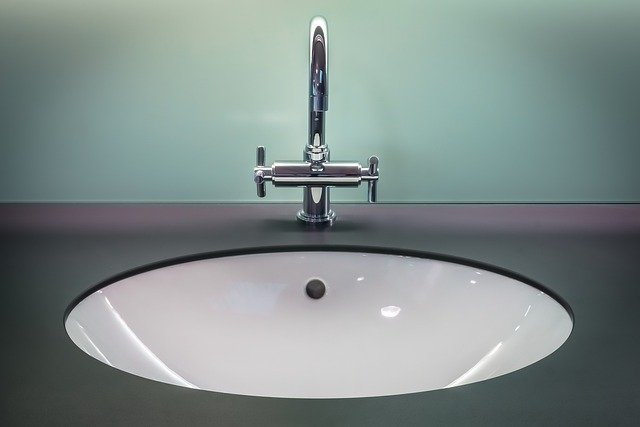Water-Efficient Fixtures and Basin Accessories That Reduce Waste
Reducing water waste in bathrooms and kitchens starts with choosing efficient fixtures and thoughtful basin accessories. This article outlines practical options—faucet features, basin styles, materials, and maintenance steps—that help cut consumption and prolong the life of sinks and countertops while keeping cleaning and repair straightforward.

Improving water efficiency at the sink involves a mix of product selection, simple accessories, and routine care. Small changes in faucet flow, basin layout, and drainage details can deliver measurable savings over time without sacrificing usability. This article examines how basin choices like undermount or dropin installations, material selections such as composite or stainless, and practical accessories and workstation add-ons contribute to reduced waste and easier maintenance.
How do basin, undermount, and dropin designs affect efficiency?
Basin shape and installation type influence how you use water. Undermount basins create a seamless edge with the countertop, reducing splash and making it easier to direct water straight to the drain, which can lower repeated rinsing. Dropin basins are simpler to retrofit and often include formed rims that help contain water but may require more careful sealing to prevent run-off. Both types benefit from basin geometry that directs flow efficiently to drainage points, reducing pooled water and the need for extra rinses during cleaning tasks.
What faucet features help reduce flow and waste?
Modern faucets offer features aimed at lowering water use without impacting performance. Aerators mix air with water to maintain perceived pressure while cutting flow rates. Low-flow cartridges and pressure-compensating valves keep delivery steady across different household pressures. Touch-activated or sensor faucets reduce unintended running by shutting off automatically between uses, which is useful at busy workstations. Flow-control settings and pause functions help during tasks like handwashing or shaving, so less water is wasted while lathering or scrubbing.
How do composite and stainless materials affect durability and cleaning?
Composite and stainless basins offer different trade-offs for longevity and maintenance. Composite sinks resist scratches and staining and can hide water spots, which may reduce the frequency of aggressive cleaning. Stainless steel is durable, recyclable, and tolerates heat; its smooth surface supports efficient drainage and simple wiping. Both materials have durable finishes that make repairs less frequent, and choosing quality materials contributes to longer lifecycles—an ecofriendly choice because it delays replacement and associated resource use.
Which accessories and workstation add-ons cut water usage?
Accessories can turn a sink into a low-waste workstation. Practical items include integrated drain strainers that prevent clogs (so less water backs up and you avoid repeated flushing), fitted cutting boards that sit over the basin to reduce sink rinsing, and sink-mounted soap dispensers that minimize drips. Flexible faucet sprayheads with efficient spray modes let you rinse faster, while in-sink colanders and drying racks let you limit running water during prep. These additions streamline tasks and reduce the tendency to leave taps running.
What drainage, maintenance, and repair practices prevent waste?
Good drainage and routine maintenance are essential to avoid water loss from leaks and backups. Regularly clear strainers and check under-sink connections for slow drips, which can add up if left unattended. Use simple repairs—tightening fittings, replacing worn washers or seals—to stop leaks quickly. Periodic cleaning of aerators and sprayhead filters restores proper flow patterns and prevents water from splashing inefficiently. Documenting basic upkeep steps reduces the need for more intensive repairs and keeps the sink system functioning with minimal waste.
Durability, cleaning, and long-term ecofriendly considerations
Choosing durable fixtures and thinking about cleaning impacts supports water conservation over a product’s life. Durable countertops and basin materials mean fewer replacements; easy-to-clean surfaces reduce the need for high-flow rinses and aggressive chemical use. When selecting accessories, prioritize replaceable parts and repairable components to extend usable life. Combining efficient faucets, well-chosen basin types, and practical accessories creates a resilient sink setup that minimizes waste through both lower daily consumption and reduced turnover of fixtures.
This overview shows how design choices, faucet technology, basin materials, and simple accessories combine to reduce water waste at sinks. Regular maintenance and prompt, small repairs keep systems working efficiently, while thoughtful additions at the workstation help reduce running water during common tasks. Over time these incremental improvements add up to meaningful water savings and a more sustainable sink environment.




